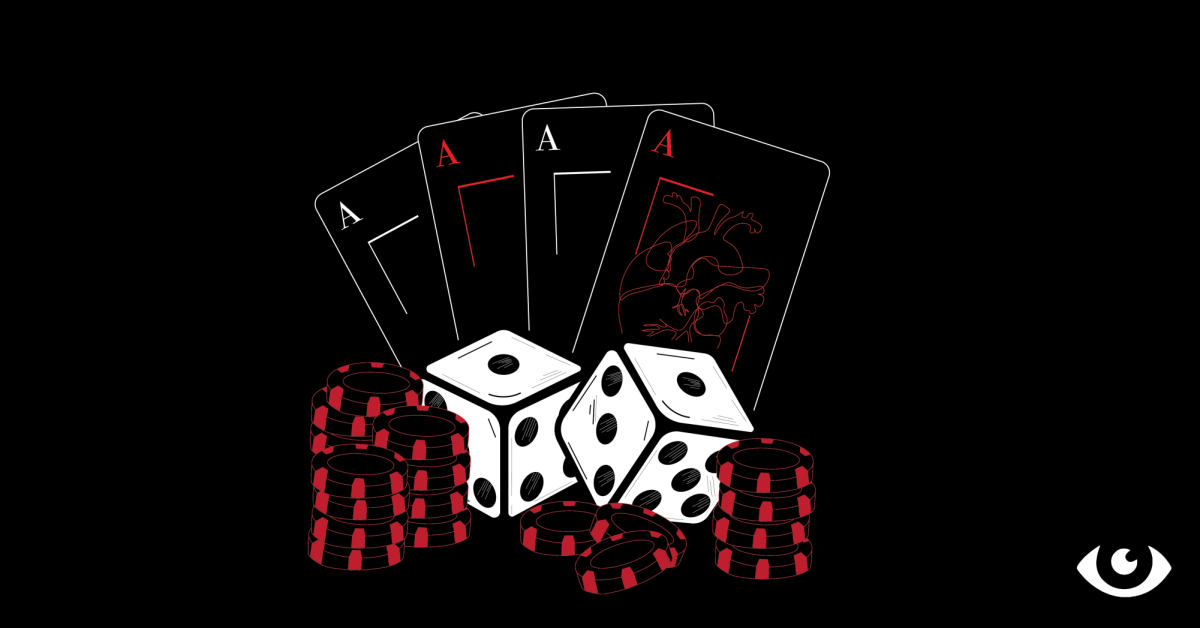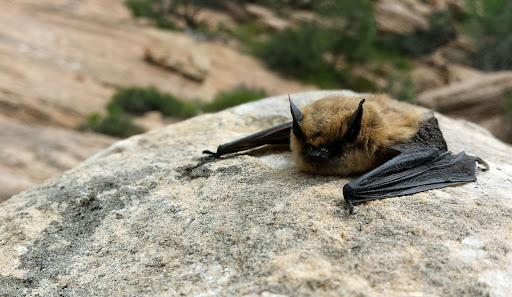
Kentucky is rich with native animals, from white-tailed deer to northern cardinals to fireflies. However, there are many creatures that are overlooked, and have been deemed “creepy” or connected to the supernatural. From fears of snakes to fears of the paranormal, here are the stories behind some of Kentucky’s creepy creatures.
Big Brown Bat (Eptesicus fuscus)
One of Kentucky’s largest native species of bats, the Big Brown Bat can reach a length of 5 inches and a wingspan of 13 inches. They are the species of bats that humans are most likely to encounter, as they adapt well to cities and are often found in man-made structures. Their long teeth may look scary, but they pose little harm to humans. Their diet consists of beetles and are known to eat common agricultural pests. Big Brown Bats are even nicknamed the ‘friend of farmers’!
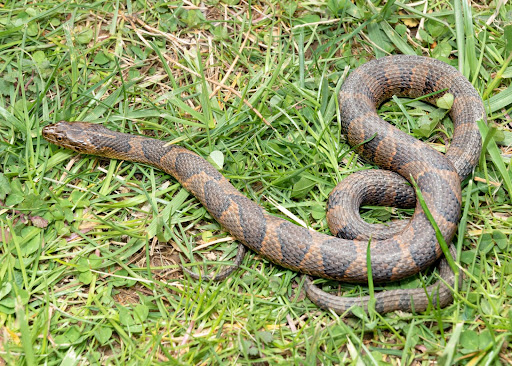
Northern Cottonmouth (Agkistrodon piscivorus)
The northern cottonmouth’s name stems from the white, cotton-like color of the inside of their mouths, which is shown when they feel threatened. They are one of the four venomous snake species native to Kentucky, the other being copperheads, timber rattlesnakes, and west pygmy rattlesnakes. They tend to avoid interactions with humans and pets, and, most of the time, will bite only when annoyed or stepped on. While their venom is certainly a frightening trait, cottonmouth bites account for “less than 1% of all deaths by snakebite” throughout the United States, according to the Texas Park and Wildlife Department. Their bites are still incredibly painful and can cause severe bleeding and tissue damage. If you are bitten by a cottonmouth, the best course of action is to not touch the wound and seek immediate medical attention.
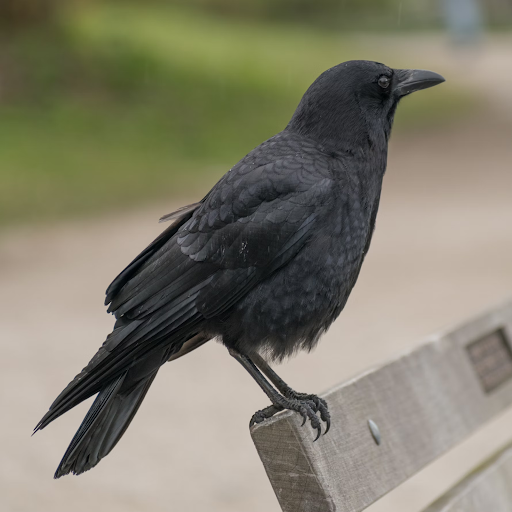
American Crow (Corvus brachyrhynchos)
Despite attempts to exterminate the population, American crows remain a species of least concern in the United States. While these corvids are not frightening with their small size, they have been a symbol of death and bad luck for multiple cultures. Other cultures view crows in a more positive light. In Norse mythology, crows are the sacred animal of Odin, while some indigenous groups believe that crows—which are incredibly smart— are a symbol of wisdom and good fortune. They can memorize the faces of humans that have harmed or helped them, and are known to bring gifts to humans associated with positive memories.
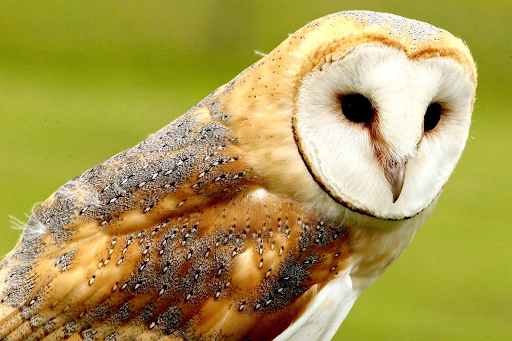
Barn Owls (Tyto alba)
Barn Owls are an increasingly rare species in Kentucky, and are included on Kentucky’s list of Species of Greatest Conservation Need. Their pale faces, screeching cries, and silent flights inspire many stories about ghosts and the dead. The owl’s tendency to nest in church rafters didn’t help to quell the superstition, which is reflected in some of their common names: ghost owl, church owl and demon owl.
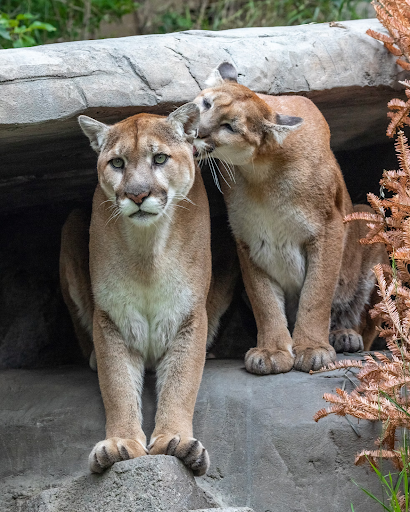
Cougars (Puma concolor)
Cougars are an abundant species, not just in Kentucky, but in North America as a whole. Their large range caused them to have over 40 English common names, including mountain lions, panthers, pumas, mountain screamers and fire cats. Despite what many people think, cougars are not big cats, as they can not roar, meaning that they are wildcats, like caracals, lynxes and servals. As strange as it sounds, their murderous yowls have spawned many ghost stories. The cries are shrill and extremely loud, similar to the scream of a murder victim.












